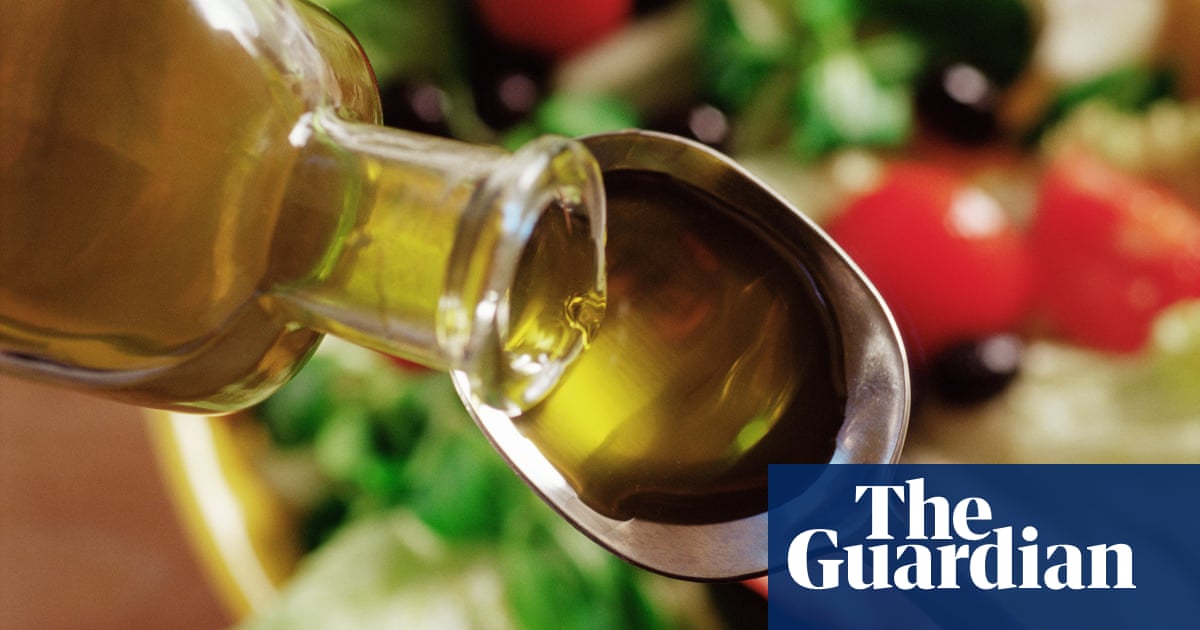
The ministers of OPEC+, an alliance of the OPEC countries, and 10 friendly nations under the leadership of Russia met virtually on Thursday. The ministers decided to release an incremental supply of around 2 million barrels per day (bpd) on the market between May and July.
The alliance intends to taper OPEC+ production cuts by 350,000 bpd in May and June and by 441,000 in July. Saudi Arabia intends to unwind its voluntary cuts through the summer with 250,000 bpd in May, 350,000 bpd in June and 400,000 bpd in July. These volumes do not include any potential incremental supply from Libya or Iran, which are exempt from the OPEC+ production regime.
The opening session of the meeting was more optimistic than experienced over the past few months. Saudi Energy Minister Prince Abdul Aziz bin Salman still urged for a cautious approach just as OPEC Secretary General Mohammed Barkindo had done at a technical meeting earlier in the week.
The tapering of cuts came as a surprise, given the cautious opening statements and the fact that OPEC had just revised its forecasts for 2021 oil demand growth from 5.9 million bpd down to 5.6 million bpd. Still, markets reacted well to the news. At midnight CET WTI was up 3.9 percent on the day reaching $61.45/barrel and Brent rose to $64.65/barrel, which was up 3 percent on the day.
The move was bold compared to the extremely cautious approach OPEC+ had chartered over the past few months. On one hand, the positive demand picture east of Suez with China surpassing pre-pandemic levels clearly influenced the decision. In the US, the coronavirus (COVID-19) vaccination drive has been successful and President Joe Biden’s $1.9 trillion pandemic relief package will give the US economy a big boost, especially if it is followed up by a $2 trillion infrastructure investment plan.
Tapering of cuts come as surprise but Saudi minister still urges cautious approach
Cornelia Meyer
Continental Europe, on the other hand, seems unable to get the virus under control, but vaccination programs are expected to take hold by mid-summer.
This means that while the macroeconomic outlook may not be rosy across the board, things are looking up mid-term. The Paris based International Energy Agency also expects demand growth to accelarate during the second part of the year, which could render oil a classic reflation trade. OPEC+ has furthermore been very successful in terms of compliance with the cuts, which reached 115 percent in February, as several laggards compensated for past overproduction. The organization’s historic production cuts certainly contributed to a rebalancing of the markets.
Last December, OPEC+ started to hold ministerial meetings on a monthly basis. This gives the organization the wherewithal and flexibility to adjust quickly, should a third COVID-19 wave prove to be more persistent and widespread than anticipated.
For the time being, there is optimism in Asia and a feeling of spring in the US economy. The ministers can always tighten the screws at their next meeting on April 28, should the necessity arise.
• Cornelia Meyer is a Ph.D.-level economist with 30 years of experience in investment banking and industry. She is chairperson and CEO of business consultancy Meyer Resources.
Twitter: @MeyerResources
Disclaimer: Views expressed by writers in this section are their own and do not necessarily reflect Arab News" point-of-view












